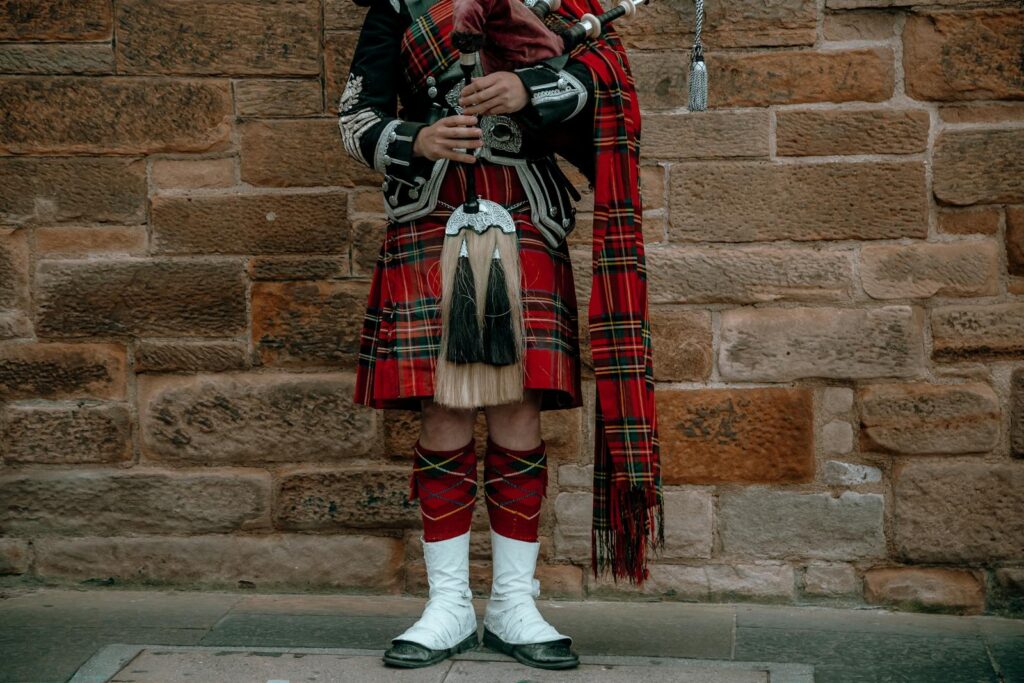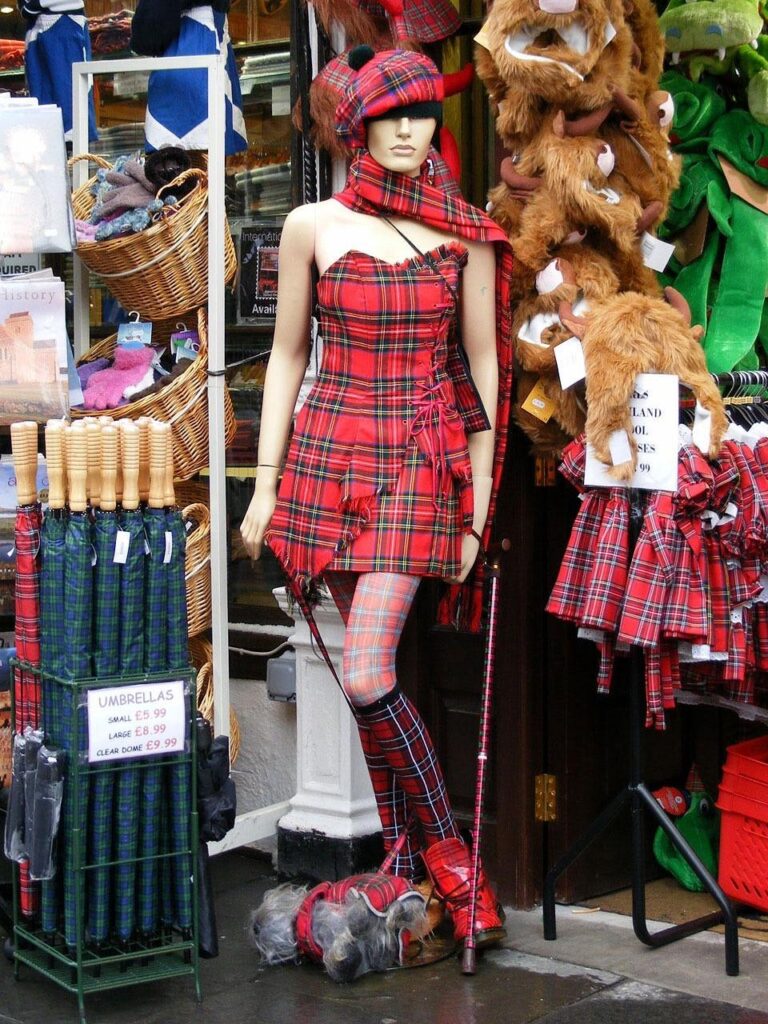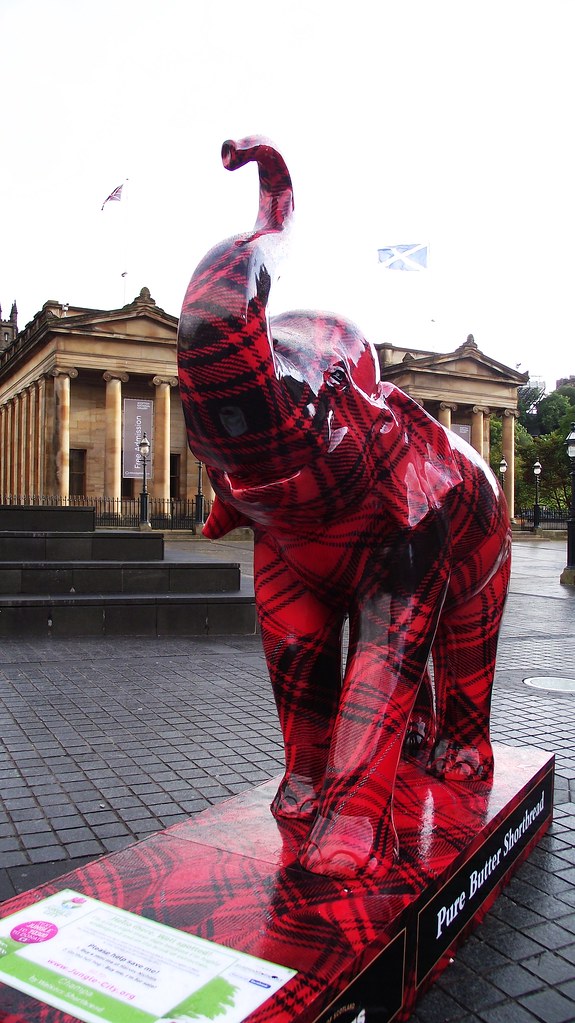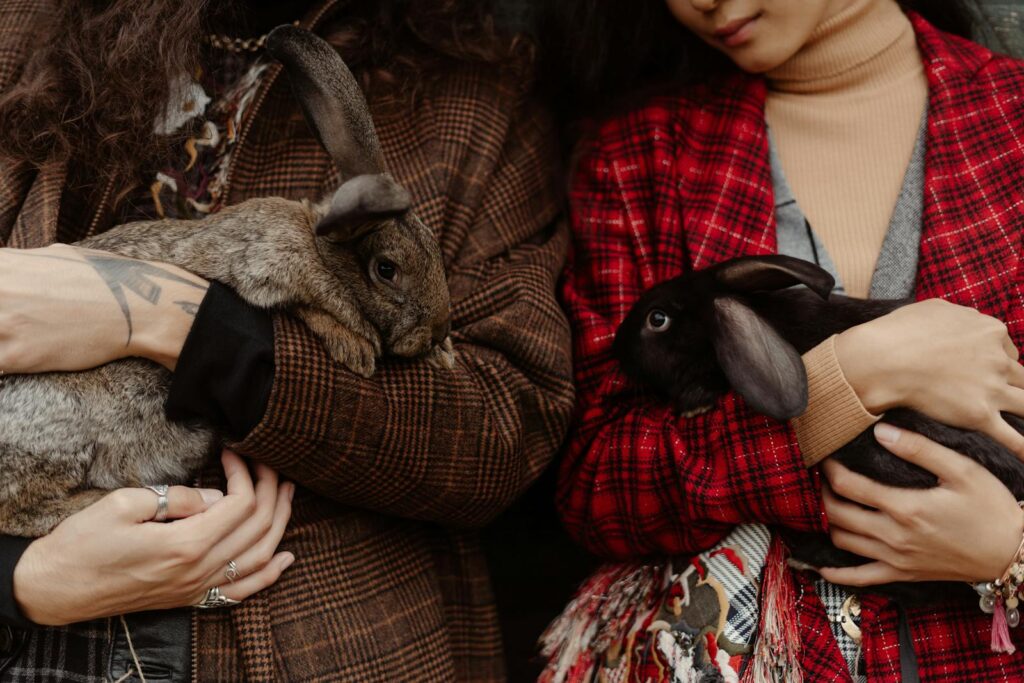
Tartan, the iconic Scottish plaid, is more than just a pattern; it embodies a rich tapestry of history, culture, and evolution that continues to resonate today. Historically, tartan has served as a powerful symbol of identity and belonging for Scottish clans, with each distinct crisscross design representing a specific clan, acting as a marker of lineage and territorial ties.
The story of tartan dates back to the 8th century BC, starting as a proud emblem of power among the Scottish people, and over centuries, it transformed from a clan identifier to a broader representation of Scottish heritage. The unique dyes used in various regions played a crucial role in its evolution, resulting in a stunning array of designs that reflect the diverse landscapes and cultures of Scotland.
During the Jacobite uprisings in the 18th century, tartan played a significant role as a symbol of resistance against English rule. This led to the banning of tartan following the Battle of Culloden in 1745. The Dress Act of 1764 even prohibited wearing kilts, aiming to suppress rebellious spirits by forbidding the very fabric that united them. Yet, tartan survived these challenges, reemerging during the Victorian period when Queen Victoria popularized it by adorning Balmoral Castle with tartan designs, thus restoring its status as a fashionable and noble fabric.

Product on Amazon: CHICZONE Womens Plaid Shacket Jacket Long Corduroy Shirt Casual Lapel Button Down Flannel Trench Coats
Brand: CHICZONE
Price: 44.98 USD
Rating: 4.5 Total reviews: 1,481
Shopping on Amzon >>
Clan Identity and Territorial Significance: Tartan originated as a means to distinguish Scottish clans and their territories. Each clan had its own unique pattern, often linked to the natural dyes available in their region, symbolizing not only identity but also connection to the land.
The Battle of Culloden and the Dress Act: Post-Culloden, tartan became a forbidden fabric, symbolizing defiance. Its ban was an attempt to quell Scottish rebellions, yet it only strengthened the resolve of the Scottish people to preserve their cultural heritage.
The Victorian Era saw a remarkable resurgence of tartan, largely fueled by Queen Victoria’s affection for Scotland and its traditions, which revived the pattern’s popularity. Her embrace of tartan at Balmoral Castle was a pivotal moment, making it fashionable once again while granting it a royal endorsement that solidified its status in society.
Modern Adaptation and Global Spread: In the 20th and 21st centuries, tartan’s appeal transcended borders, becoming a beloved pattern in fashion and interior design. Its versatility allowed it to integrate into various cultures, where it was often reinterpreted with local flair.

Product on Amazon: Achillea Scottish Tartan Plaid Scarf, Classic Winter Scarf, Soft Cashmere Feel Men’s & Women’s Scarves
Brand: Achillea
Price: 14.99 USD
Rating: 4.7 Total reviews: 1,409
Shopping on Amzon >>
The incorporation of tartan into unexpected realms like automotive design highlights its remarkable versatility. For instance, Porsche’s innovative use of tartan in their interiors exemplifies how this historic pattern can harmoniously integrate with cutting-edge technology and contemporary aesthetics.
Fashion designers around the world have celebrated tartan, weaving it into clothing lines and haute couture collections. This pattern has become synonymous with both classic elegance and punk rebellion, showcasing its multifaceted nature that appeals to a wide range of styles.
Cultural Festivals and Heritage Tourism: Tartan plays a pivotal role in promoting Scottish culture globally through festivals, parades, and heritage tourism. It is a visual and emotional connection to Scotland’s rich past, drawing people into its narrative.

Tartan in Modern Art: The relationship of tartan with the world of art is as vibrant as the pattern itself. Artists have long been enchanted by its rhythmic patterns and striking color contrasts, using tartan to explore themes of identity, tradition, and modernity. Contemporary galleries from Edinburgh to New York often feature works where tartan is the focal point, symbolizing the intersection of the old with the new. Through canvas and installation, artists reinterpret tartan, challenging and expanding its traditional boundaries. This artistic embrace has given tartan a new lease on life, as both a subject and a medium, inviting audiences to engage with its rich cultural narrative in a myriad of unexpected ways.
The artistic importance of tartan is vividly illustrated in pop art, where its repetitive patterns echo themes of consumerism and mass production. In contrast, the intricate, hand-woven techniques used to create tartan stand as a tribute to artisanal craftsmanship, sparking creativity in artists who honor its historic roots while exploring new artistic expressions.

Tartan’s revival in home decor reflects its enduring charm and ability to bring warmth and character into spaces. Designers are increasingly drawn to tartan for its evocative qualities, effortlessly transforming interiors into stylish havens filled with tradition, from cozy throws and cushions to bold wallpapers and upholstery that exude Scottish charm.
The fusion of tartan with modern interior design creates a delightful contrast, where traditional elements coexist with sleek lines and minimalist aesthetics. This blend of old and new showcases tartan’s adaptability, inviting homeowners to explore its rich heritage while crafting spaces that are both storied and stylish.

Tartan as a Symbol of Environmental Consciousness: In today’s world, where sustainability and ethical fashion are increasingly important, tartan stands out as a symbol of environmental consciousness. Many tartan fabrics are produced using traditional methods that emphasize quality and durability, reducing the need for frequent replacements and minimizing waste. The emphasis on craftsmanship and heritage aligns with the growing movement towards sustainable fashion practices.
Choosing tartan allows consumers to embrace environmentally-friendly fashion while celebrating a design steeped in history and culture. Its timelessness makes it a smart investment for those looking to cultivate a sustainable wardrobe, inspiring both eco-conscious designers and consumers to recognize its dual role as a beautiful and responsible pattern.
The evolution of tartan throughout history illustrates its enduring significance and timeless appeal. From its roots as a clan symbol to its emergence as a global fashion staple, tartan weaves a compelling narrative of heritage and creativity. As we delve deeper into its rich history, we see its remarkable ability to transcend time and boundaries, connecting us to the stories and traditions of generations past.
Related posts:
Tartan Travels: How Scottish Plaid is Inspiring Global Wanderlust
The Brief History Of Everyone’s Favourite Plaid And Its Place In Christmas Traditions




